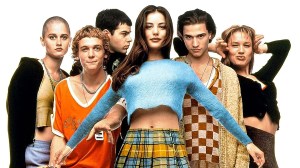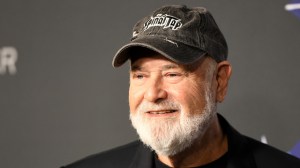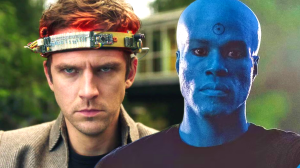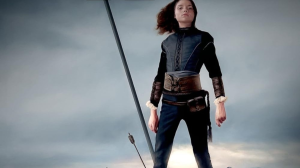Throughout its seven-season run between 2013 and 2020, Agents of SHIELD became less and less connected to the official Marvel Cinematic Universe, but pulled off some of Marvel Studios’ storylines much more effectively. Agents of SHIELD was originally developed for ABC by Joss Whedon, Jed Whedon, and Maurissa Tancharoen to run simultaneously to the MCU, originally filling in the gaps between Marvel Studios’ movies. More recently, the Marvel Television series has been confirmed to not be canon to the MCU’s primary continuity of Earth 616.
Videos by ComicBook.com
Agents of SHIELD resurrected Clark Gregg’s Phil Coulson after his death at Loki’s hands in The Avengers. He was gifted his own team of field agents who investigated various threats and mysteries during Agents of SHIELD’s early seasons, while their storylines became increasingly complex as the series developed. While some would like to see Agents of SHIELD integrated into the MCU’s official timeline, the disparate stories mean this is unlikely, but the Marvel Television series did set a standard for many events the MCU proper failed to properly deliver.
10) Grant Ward Was a Truly Monstrous Villain With No Redeeming Qualities
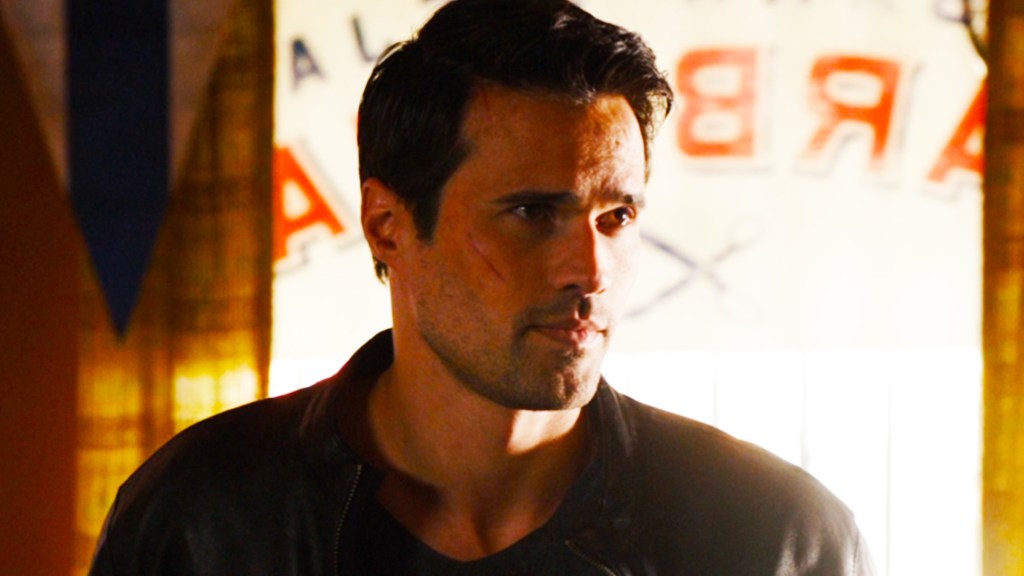
Marvel Studios has often struggled to deliver truly evil villains without any redeeming qualities. Even terrifying adversaries such as Thanos, Ultron, Killmonger, and Baron Zemo were all made empathetic and could have sought redemption if they wanted. This was not the case, however, for Grant Ward. When he revealed himself to be a villainous HYDRA soldier, Brett Dalton’s Grant Ward became one of Agents of SHIELD’s most irredeemable and unbeatable villains, always with a way out, and always with truly dark intentions, proving that this kind of villain can be in the spotlight and still be an entertaining character.
9) Agents of SHIELD Did Secret Invasion Better With the LMDs

Marvel Studios’ Secret Invasion series from 2023 failed to deliver an effective story of paranoia and espionage, with the Skrull “invasion” of Earth being somewhat disappointing. Agents of SHIELD managed to accomplish this storyline back in season 4, however, with the Life Model Decoys in place of the Skrulls. The LMDs, led by the corrupt AIDA, infiltrated SHIELD and replaced many high-level operatives, with paranoia playing a major role. This was especially true when Melinda May was replaced, causing problems for Coulson, and when Leo Fitz and Jemma Simmons struggled to figure out who was an LMD in heated moments.
8) The Framework Explored An Alternate Reality Better Than the Multiverse Saga

The infiltration of the LMDs into SHIELD led to the establishment of the Framework, an alternate world where the replaced individuals’ consciousnesses were sent. In this world, HYDRA ruled the world instead of SHIELD, with AIDA taking her place as Madame Hydra, and Fitz’s evil doppelgänger, the Doctor, had complete control. We spent an entire seven episodes in the Framework in Agents of SHIELD, which is more time than Marvel Studios has recently spent in any alternate universe, even though we’re deep in the Multiverse Saga, though hopefully Avengers: Doomsday and Avengers: Secret Wars will rectify this problem.
7) Inhumans Have An Important Place in Agents of SHIELD’s History
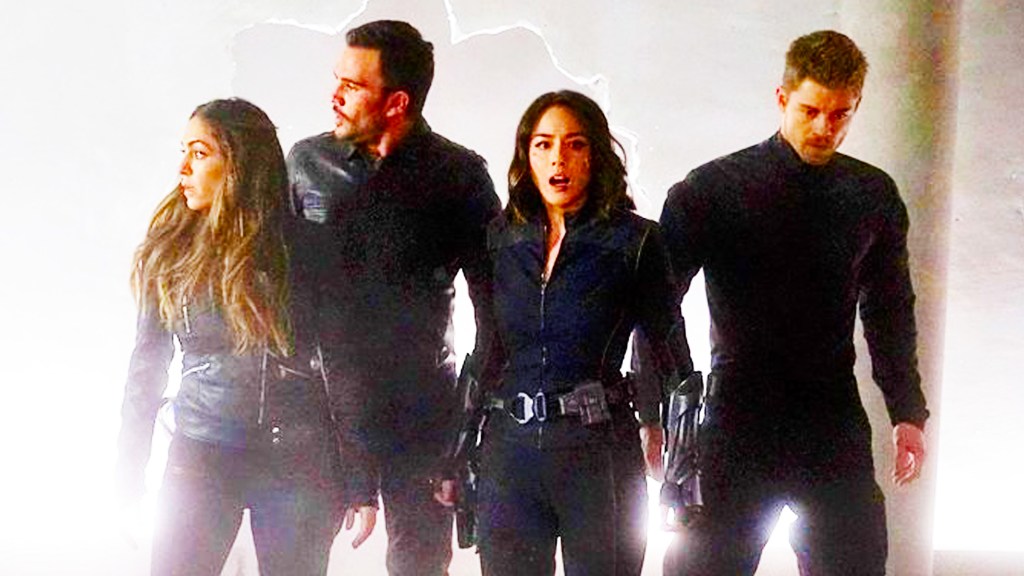
Agents of SHIELD season 2 marked the introduction en masse of Inhumans, individuals imbued with Kree DNA who gain superpowers after being exposed to Terrigen Mist. Inhumans are crucial to many Marvel Comics storylines, and it was great to see them in action. The Inhumans series in 2017 – developed instead of an Inhumans movie – was a complete flop, however, prompting Marvel Studios to ignore the Inhumans entirely. Anson Mount’s Black Bolt appeared in Doctor Strange in the Multiverse of Madness, perhaps opening the door for the Inhumans to appear properly soon, but Agents of SHIELD excelled at this years ago.
6) Ghost Rider Was a Better Vehicle For Marvel’s Supernatural Stories

Agents of SHIELD also introduced Gabriel Luna as Robbie Reyes, the current holder of the Spirit of Vengeance and the Ghost Rider mantle. Fans have been waiting for this supernatural antihero to join the MCU proper for years, especially with the recent debuts of many possible members of the MCU’s Midnight Sons team. Agents of SHIELD pulled off the major character’s debut almost ten years ago. There are hopes Ghost Rider will appear in the MCU soon, with the likes of Norman Reedus, Ryan Gosling, Jensen Ackles, and more being fan-cast in the iconic role.
5) Agents of SHIELD Dealt With the Aftermath of MCU Events Better

Before Marvel Studios started to produce its own TV shows, Agents of SHIELD helped fill in the gaps between the MCU’s feature films. Back in Phase 2, Marvel Studios released only two movies per year, which meant Agents of SHIELD was able to provide some additional context where the MCU itself didn’t. Most notably, Coulson’s SHIELD team helped with clean-up in Greenwich after Thor: The Dark World, the emergence of HYDRA in Captain America: The Winter Soldier was key to Agents of SHIELD, Coulson sent the helicarrier to Sokovia in Avengers: Age of Ultron, and even Thanos’ rampage was teased.
4) Phil Coulson Got Some Real Development in Agents of SHIELD
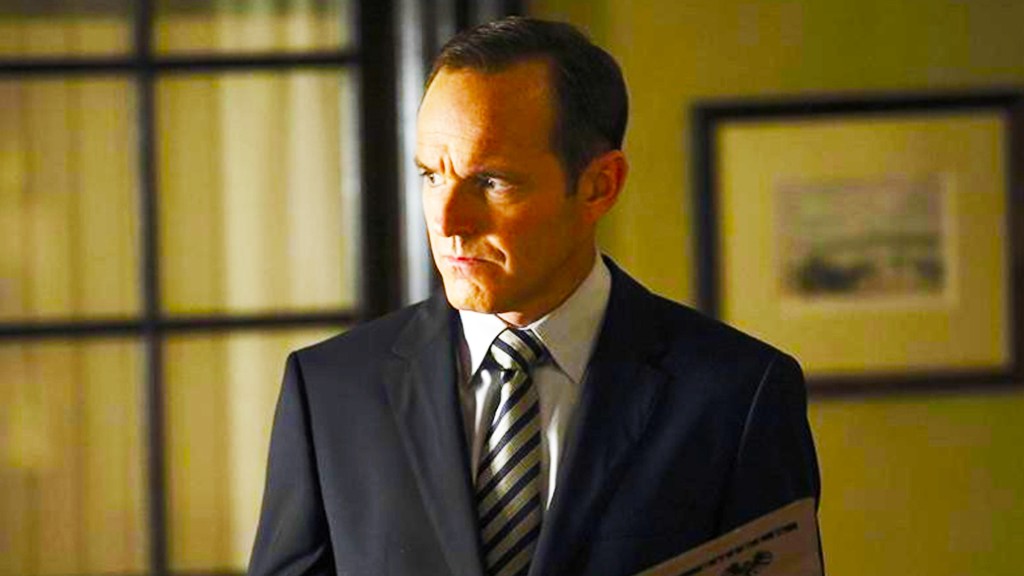
Phil Coulson became a fan-favorite with a number of brief appearances in the MCU’s Phase 1, but he wasn’t really developed beyond being a low-level SHIELD agent and something of a proxy for Samuel L. Jackson’s Nick Fury. Agents of SHIELD, after resurrecting him, took this in an entirely different direction. Coulson was no longer a minor character, but the star of the show as the subject of an experimental procedure, the leader of his team, and, eventually, the Director of the new SHIELD. It was great for Clark Gregg to get more opportunities to expand on his MCU character.
3) Clark Gregg’s Return As a Villain Provides a Blueprint For the MCU

While Phil Coulson got a huge amount of development in Agents of SHIELD, even he couldn’t outrun his fate. He passed away at the end of season 5, but Clark Gregg returned in season 6 as the villainous Sarge. Marvel Studios is about to copy Clark Gregg’s Agents of SHIELD evolution by bringing Robert Downey Jr. back to the MCU as Doctor Doom, six years after he departed the franchise following an 11-year run as Tony Stark’s Iron Man. The Sarge narrative in Agents of SHIELD was divisive, so Marvel Studios will likely accomplish this transformation storyline much more effectively.
2) Agents of SHIELD’s Time Travel Had More Consequences Than in the MCU

The Avengers embarked on the Time Heist into periods of the MCU’s history in Avengers: Endgame to collect the Infinity Stones and reverse Thanos’ devastation. This journey had little consequence, however, as the new timelines established by the Avengers were presumably erased by the Time Variance Authority, and had no impact on the MCU’s present. Agents of SHIELD introduced different time travel rules, however, as their escapades through the 20th century in Agents of SHIELD’s final season changed their original timeline in some major ways, though all was fixed by the end of the series.
1) HYDRA’s Emergence Had True Impact in Agents of SHIELD

As previously mentioned, Agents of SHIELD covered the emergence of HYDRA in the modern era in much more detail than Captain America: The Winter Soldier did back in 2014. While The Winter Soldier kick-started this huge event, Agents of SHIELD expanded it massively. Grant Ward was outed as a HYDRA agent working within SHIELD, mentored by Coulson’s friend, John Garrett, while HYDRA continued to pose a threat throughout the remainder of Agents of SHIELD season 1 and subsequent seasons. The only time the MCU addressed the events of The Winter Soldier after the fact was briefly in Age of Ultron, so Agents of SHIELD excelled at telling the full extent of this game-changing story.
What do you think? Leave a comment below and join the conversation now in the ComicBook Forum!



